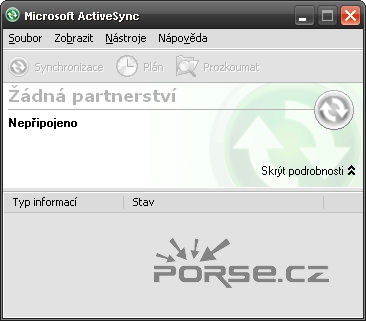

Two Categories of Mobile Devices for Exchange That, and a growing functionality gap that I’ll explore in this article might be enough to force organizations to move away from EAS clients to embrace Outlook. If you reflect on how things have transpired during Microsoft’s campaign to remove basic authentication, the nagging doubt might emerge that EAS clients might be exposed to other issues in the future. Working out a joint approach to help Apple devices move to modern authentication reflected a pragmatic realization that Microsoft could not move forward with their plans if millions of corporate iOS users were left with non-functional email clients.

Apple “native” email clients have used Exchange ActiveSync (EAS) to connect to Exchange servers for 15 years or thereabouts and the iPhone is a very popular device with Exchange Online users.

A joint project with Apple arranged for the automatic upgrade of email profiles on millions of iOS and iPadOS devices to use modern authentication. It’s not as if Microsoft has ignored other email clients in the drive to disable basic authentication for email connection protocols. Figure 1: Microsoft recommends Outlook mobile


 0 kommentar(er)
0 kommentar(er)
